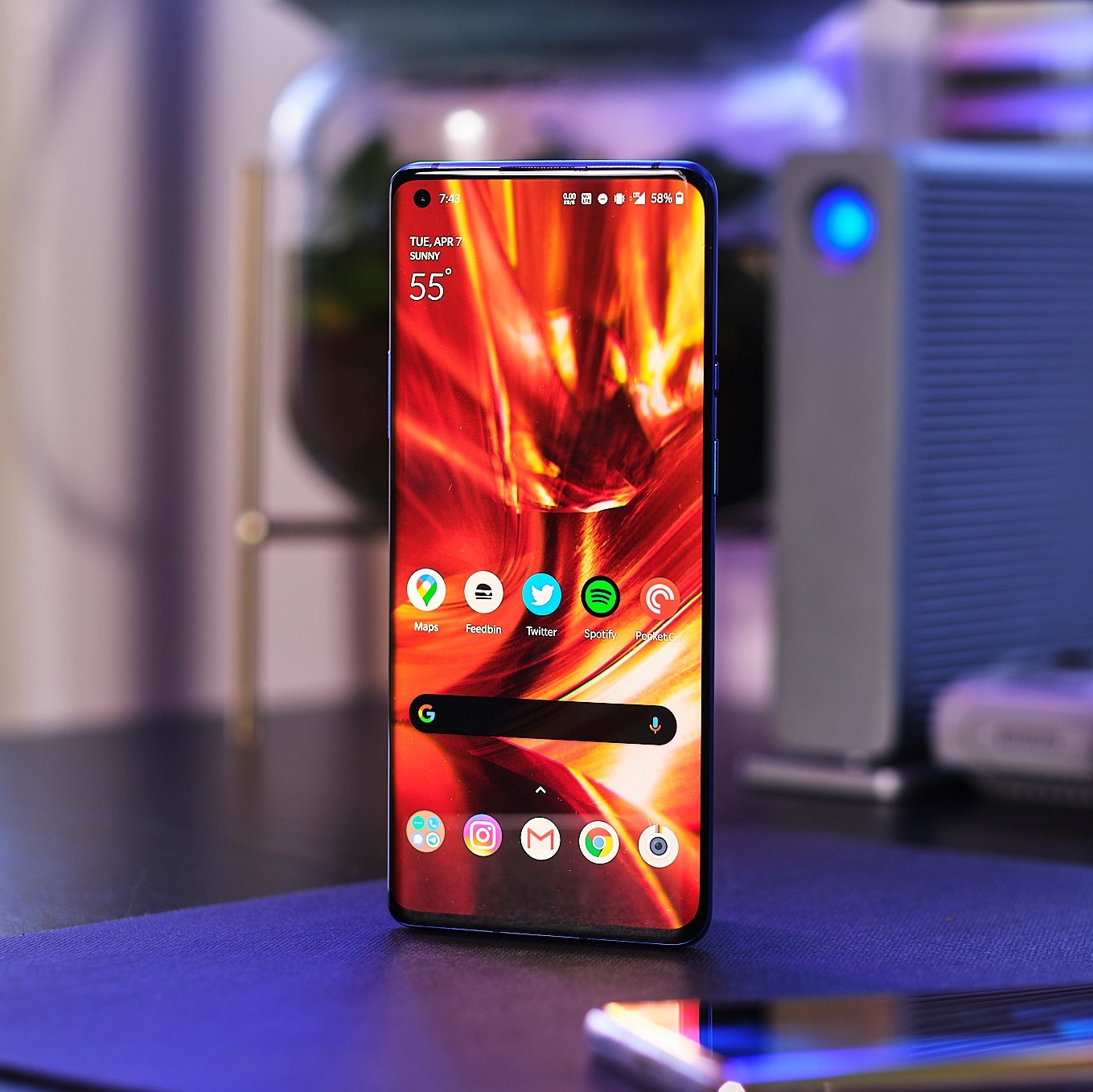The OnePlus 8 Pro is the result of a relentless spec battle with Samsung. It’s an Android phone that spares almost no expense in the quest to include the most powerful, best hardware components. The result is the fastest Android phone experience money can buy — starting at $899.
That price is simultaneously high and low. Nine hundred bucks is a lot for a OnePlus phone, but it’s still less expensive than its direct competition. For years, OnePlus succeeded with a two-pronged strategy of appealing to Android enthusiasts while undercutting the competition on price. But over the past few years, OnePlus has grown from a niche company for its fans to one of the most competitive players in the smartphone space. At the same time, its prices have steadily climbed as it got more serious about taking Samsung head-on. And there’s no denying that a $900 phone is expensive, no matter which company makes it.
Samsung’s Galaxy line is the gold standard — not necessarily because it’s the best Android phone (last year, we gave that honor to the OnePlus 7T), but because it’s the most ubiquitous and trustworthy. The Galaxy is the default because it doesn’t lack any major feature, is reliably good, and is sold by every major carrier.
The OnePlus 8 Pro comes in just one size: big. It has a 6.78-inch screen and blessedly tiny bezels, but few people will be able to use it one-handed. That’s not a problem for people who prefer large phones, but I personally wish there was a smaller version.
That size is my main complaint about the hardware. It’s an incredibly well-built phone with fit and finish that stands up against both the Galaxy S20 and the iPhone. I have the blue version for review, and it has a handsome two-layer matte finish that reflects the light nicely. The camera bump is centered and overly large, but what camera bump isn’t these days, really?
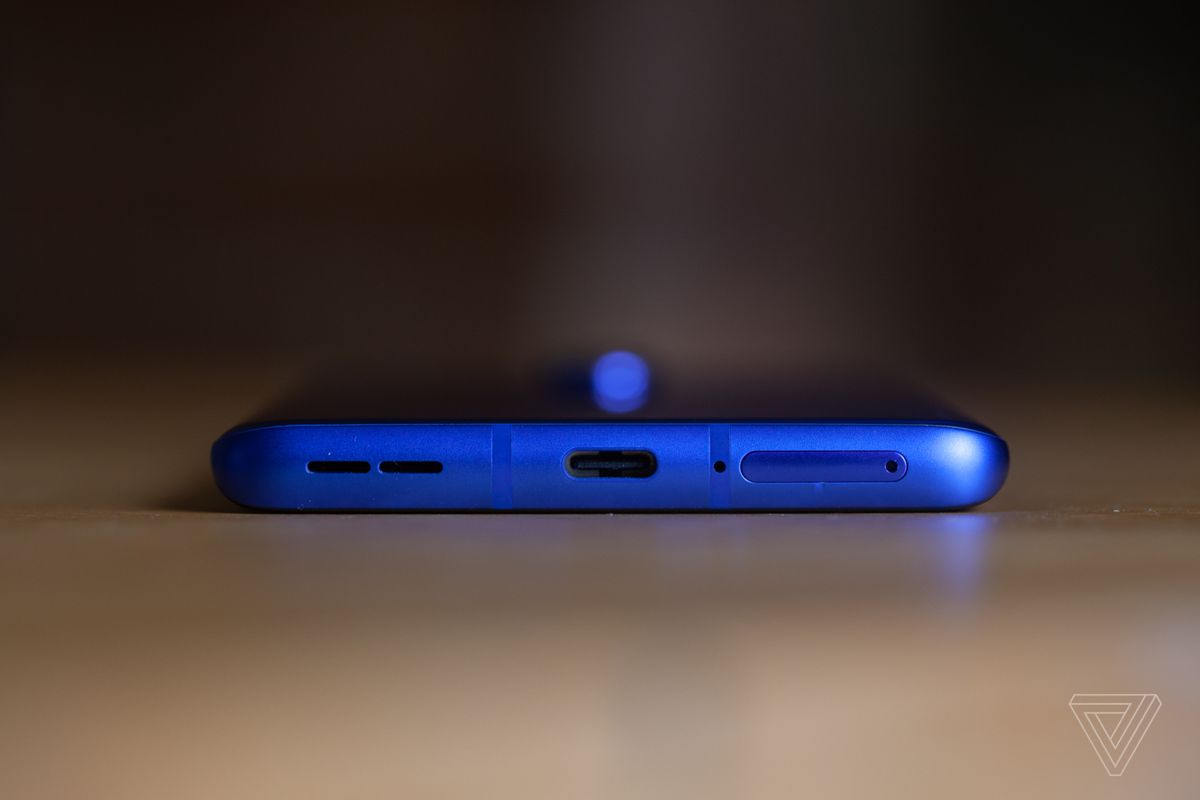
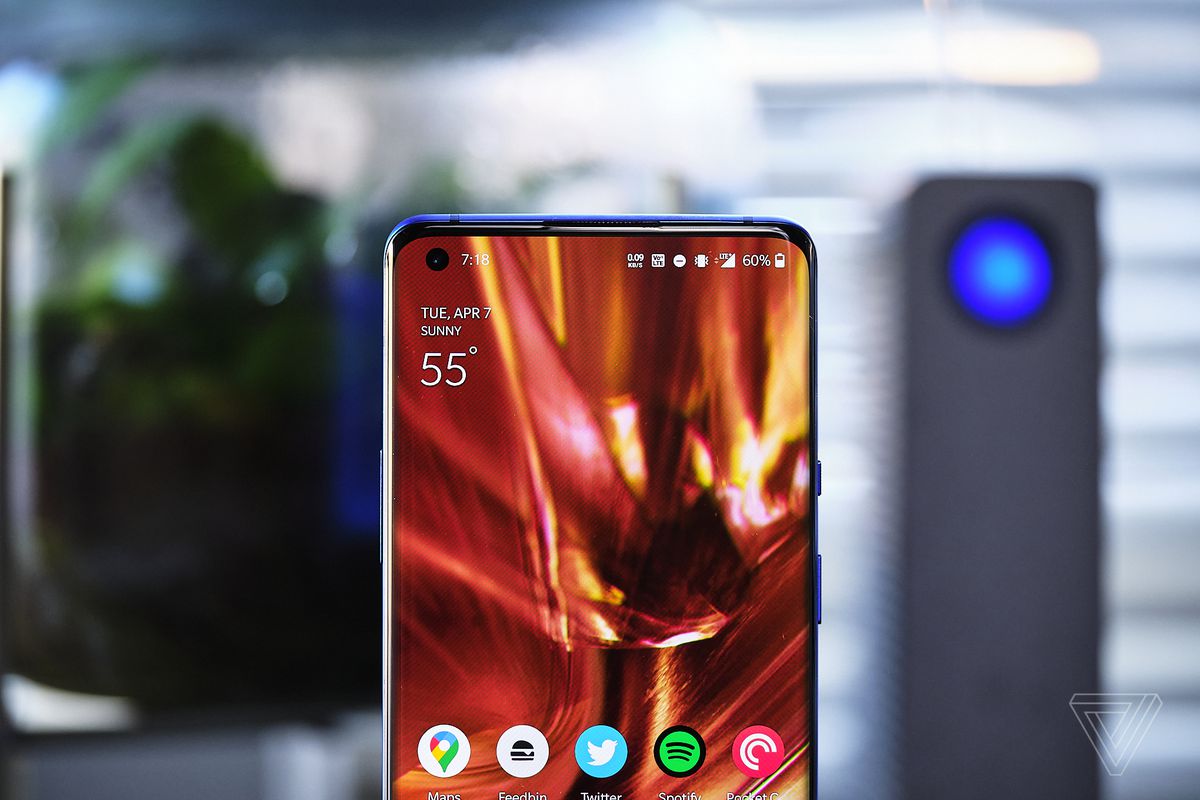
OnePlus phones have a three-stage sliding ringer switch that’s wildly convenient. (I am the psychopath who turns his ringer on sometimes when he’s at home, so I love it.) It is also rated for IP68 dust and water protection. OnePlus has historically chafed at paying for that IP rating, but, again, the goal here is clearly to ensure that it doesn’t lose to Samsung anywhere on a spec sheet.
And it doesn’t. It has all of the specs you’d expect on a flagship Android phone in 2020: the Snapdragon 865 processor, support for 5G, Wi-Fi 6, 8 or 12GB of LPDDR5 RAM, and 128 or 256GB of UFS 3.0 storage. It’s $100 more to get the model with more RAM and storage. There’s an in-display optical fingerprint sensor, Gorilla Glass, and even dual-SIM slots (a relative rarity in the US).
“It’s designed to be fast” is the thing you should take away from the previous paragraph. And indeed it is. It’s the fastest, most fluid Android phone I’ve ever used.
It helps that OnePlus’ software philosophy seems to be “First, do no harm.” Its version of Android is called “Oxygen OS,” and the extra features it adds are primarily there to support the phone’s hardware features. Unlike Samsung, OnePlus is not trying to corral you into using its ecosystem of services. The small additions it makes to Android are not as impressive as what you might find on other phones, but they’re also never annoying.
But what provides the greatest sense of speed and smoothness on the OnePlus 8 Pro is neither its specs nor the software. It’s the screen.

With apologies to the new fast wireless charging feature, the standout feature on the OnePlus 8 Pro is the display. It is superb. In its quest to leave no spec unincluded, OnePlus has unlocked a full 120Hz refresh rate that can be paired with its full 3168 x 1440 resolution. (Samsung limits its high refresh rate setting to a lower resolution.)
If you haven’t used a phone with a high refresh rate screen, my advice is to not do so until you can upgrade. Especially on Android, it provides a notable improvement in the smoothness of scrolling and other interactions on the phone. On the OnePlus 8 Pro, it stays on unless there’s a specific reason for it to go to a lower rate (e.g., when watching a movie).
It’s nice for a spec-fight to be able to pair it with the full resolution, but I left mine at 1080p most of the time to save battery life, and it still looked quite good. It’s vibrant, bright, and, with the right settings, color-accurate. My only gripe with the screen is that it curves fairly aggressively on the left and right, which leads me to errant touches when I try to use the phone one-handed. Samsung scaled back its aggressive screen curves this year in response to similar complaints, so it’s interesting to see OnePlus carry on with its own version.
OnePlus added a couple of gimmicky screen features for watching videos. One is “Vibrant color effect Pro,” which punches up colors. The other is “Motion Graphics Smoothing,” and it only works in certain apps — including YouTube, Netflix, and Amazon Prime Video.
It is, in fact, motion smoothing: it takes 24fps video and raises the frame rate to 120 by interpolating the frames in between. On a television, motion smoothing is rightly derided as the “Soap Opera effect.” On this phone, though, I have to say I don’t hate it. It’s a little subtler on this smaller screen somehow, or perhaps it’s just more elegantly done than on most TVs. Like going to the full resolution, though, it’s a serious drain on battery life.
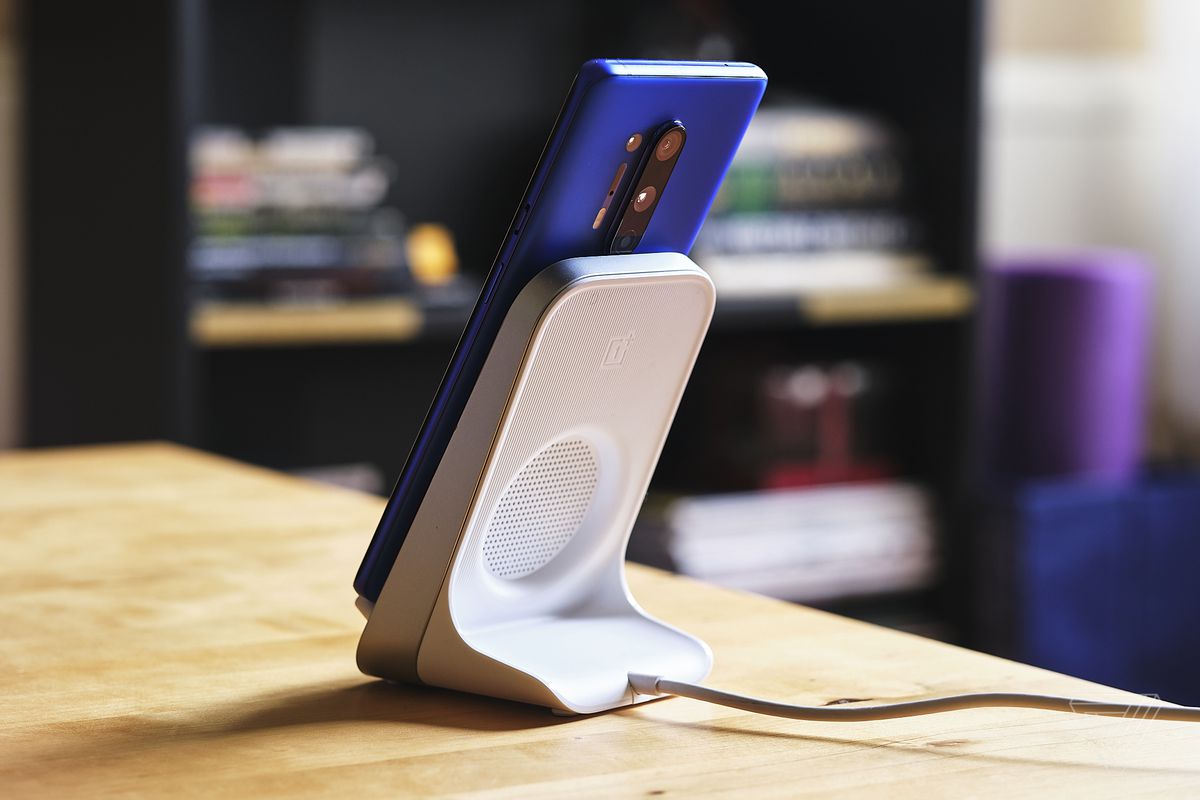
All right: battery life. I am neither impressed nor seriously disappointed, but I had moments where I felt both of those things over the course of a week. That’s because the amount you can pull out of the 4,510mAh battery can vary widely with your usage.
If you turn off the 120Hz refresh rate, leave the resolution at 1080p, set the brightness so something reasonable, and just use the phone as you probably do every day, you’ll get through a day and then some. I’ve done that. I’ve also crushed the life out of the battery in a matter of hours by doing the opposite of all of those things.
So the “average” is a full day of reasonable use, but mainly insofar as it’s in the middle of two extremes I experienced. The point is, don’t read that large battery capacity to mean you’ll get multiple days out of this phone. It’s there to make sure the big, fast refresh screen and 5G radios don’t turn the 8 Pro into a half-day device.
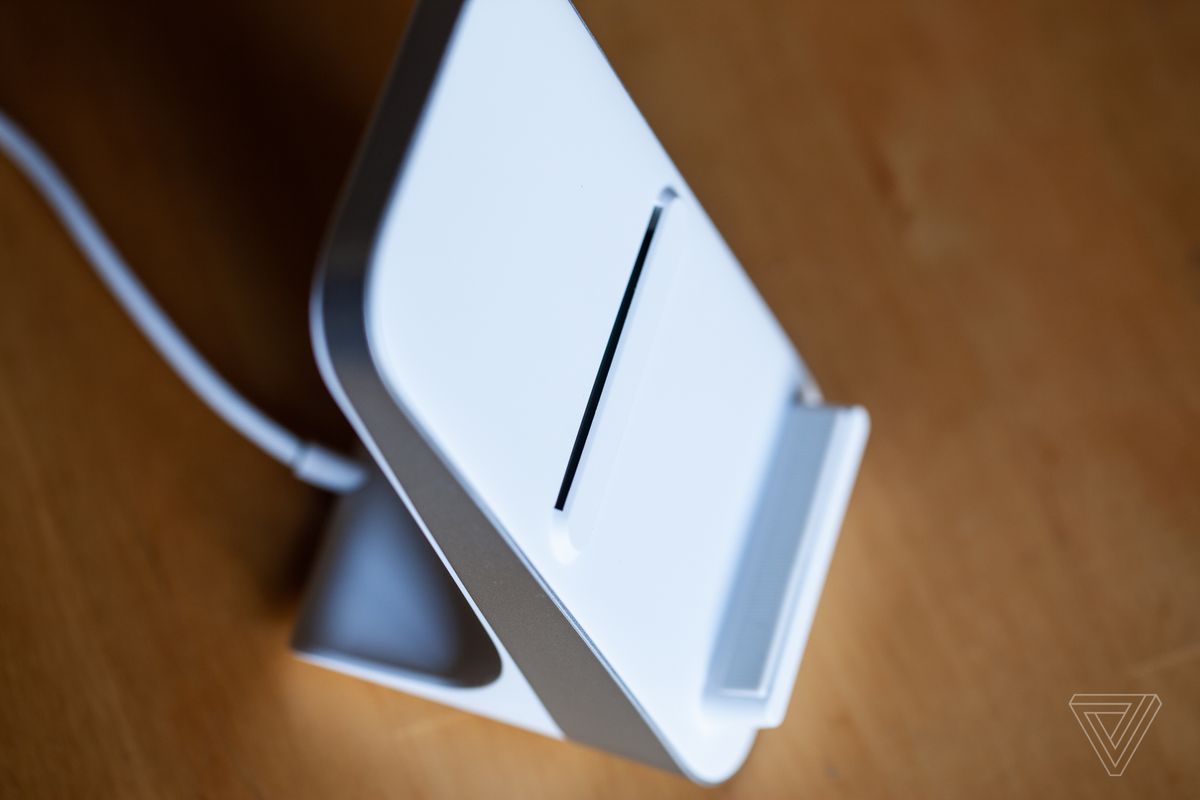
But the big news here is that this is the first OnePlus phone to support wireless charging. Not only that, but wireless charging that can hit 30 watts, juicing up 50 percent of the battery in a half-hour. For comparison, the highest wattage wireless charging Samsung supports is 15 watts, and that’s only on select devices. The iPhone 11 Pro maxes out at 7.5 watts wirelessly.
It genuinely works. I was getting those charging results almost to the minute. To get there, you do have to buy OnePlus’ proprietary wireless charger, however. It’s $69.95, which is significantly more expensive than other wireless chargers. That’s partially because it includes chips to communicate with the phone to prevent overheating. It also has a fan to pull air through a vent behind the phone.
Historically, OnePlus has stuck with wired charging because it’s faster. In fact, it stuck with its proprietary “Warp Charge” system that requires its own charging cable and brick to work That’s still present and working on the OnePlus 8 Pro, but I’m pleased to say that both wired and wireless charging works well with more common chargers. It’ll charge just fine off the Qi pads you may already own, and it will also rapidly charge off of a standard USB-C PD charger.
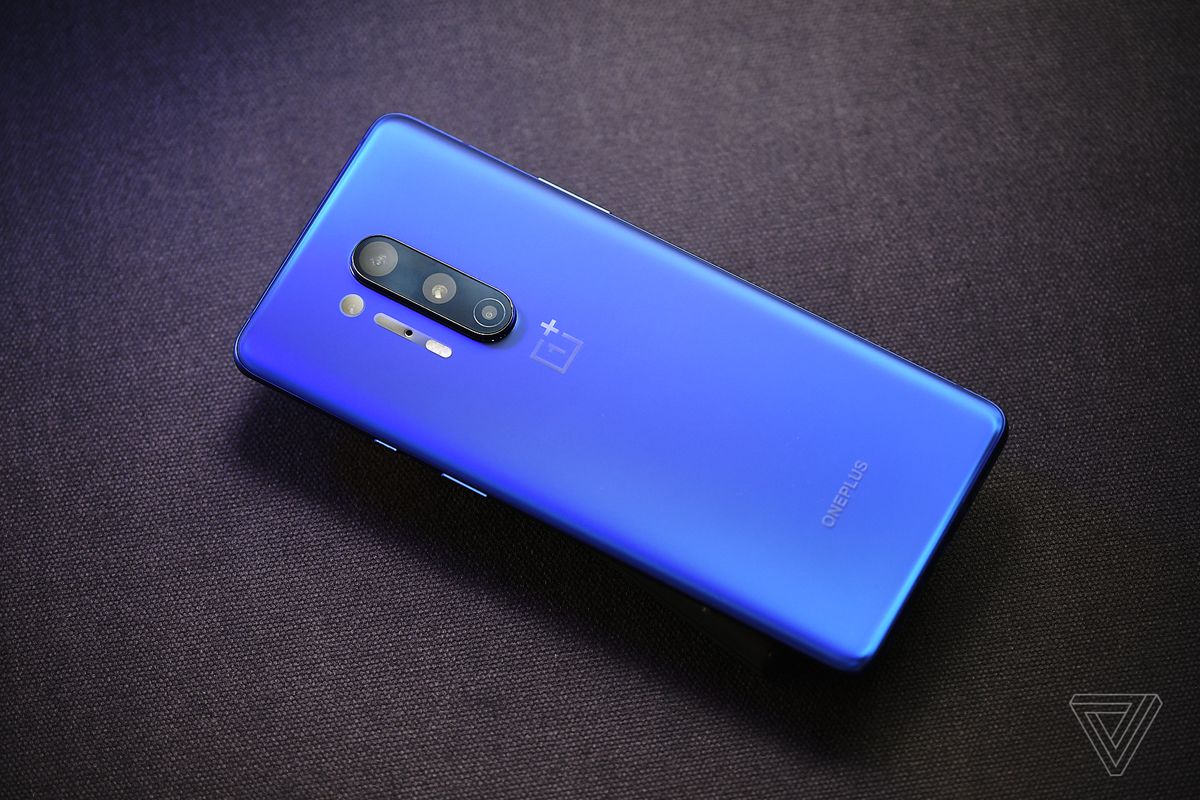
Until last year’s OnePlus 7 Pro, the story with OnePlus phones was always the same: great phone, meh camera. That doesn’t fly at the prices OnePlus is charging for the 8 Pro, and fortunately, the company has delivered a very respectable — but not perfect — camera.
There is the usual three-lens array of wide, telephoto, and ultrawide. On most phones, the ultrawide gets short shrift in terms of sensor quality — but not on the 8 Pro. It’s using the same sensor as last year’s 7T, which means the ultrawide is notably better than the competition. Kudos.
The telephoto lens can do “lossless” zoom at 3X, not true optical like the Galaxy S20 Ultra. But I didn’t miss the Ultra’s zoom. The OnePlus 8 Pro comports itself about as well as the Pixel 4 or iPhone 11 Pro at around 8X zoom. OnePlus lets you dial in to as much as 30X, but anything over 10 is a mess.
But the camera that really matters is the main wide-angle, which, on this device, is a new 48-megapixel Sony sensor that kicks out 12-megapixel images by default. In bright lighting conditions, I was consistently impressed with both the level of detail and color accuracy. But bright lighting conditions are not the hard part for any camera.
Strangely, the hard part isn’t in very dark conditions anymore. All modern phones have some sort of long-exposure night mode, and the OnePlus 8 Pro is no exception. It held its own against the competition, and in a couple of cases, it was actually my favorite.
Similarly, the OnePlus 8 Pro might be the most fun I’ve had taking macro shots with a phone. Not only can you get super close to your subject, the level of detail really is quite good.

OnePlus also handles video fairly decently. I like that you can use OnePlus’ “Super Stable” video option even when shooting at full 4K / 30fps now, but I found the quality to be fairly average. Average is actually ahead of many Android phones (hey there, Pixel 4), but it still isn’t quite as good as what you’ll get with an iPhone 11 Pro.
No, the hard part these days is dim lighting — twilight or indoors at a bar (remember those?) or another dimly lit place. There, the OnePlus 8 Pro’s worst tendencies multiply upon each other.
Like every other phone, the OnePlus 8 Pro seems to make an effort to clean up human faces — evening the lighting, lifting the brightness, and smoothing skin ever so slightly. I don’t love that this happens, but when it’s done well, I don’t mind it too much. And in most lighting conditions, OnePlus does it well. But for whatever reason, when the lights are low, this camera trips over itself.
I don’t want to overemphasize this issue. With a little fiddling, you can get good dim-light shots. It just takes an extra attempt when the competition would have nailed it the first time. And in every other lighting condition, it’s been sharp, accurate, and fun to use.
Oh, the OnePlus Pro also includes a “Color Filter” camera, a whole other lens and sensor dedicated just to color effects, like making the whole world negative. It is silly, low-resolution, and not much better than applying a heavy-handed effect in post. I don’t know why it’s there, and likely neither will you.
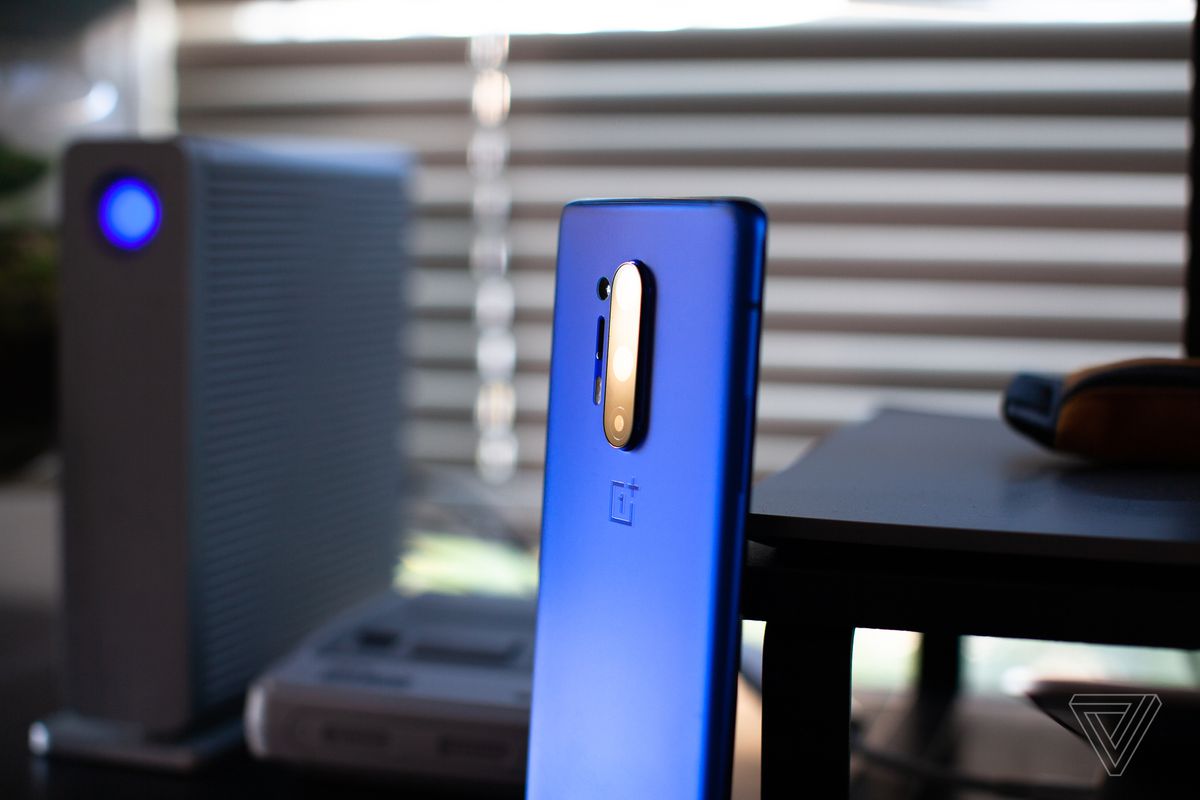
I don’t know how they do it these days, but when I was in grade school, we didn’t get letter grades; we got one of three boxes checked: does not meet expectations, meets expectations, and exceeds expectations. The OnePlus 8 Pro meets expectations.
That’s not a knock — because my expectations were incredibly high. At $900 or $1,000, OnePlus could no longer make a phone with a missing feature or two. Its main competition is the Samsung Galaxy S20 Plus, and that phone is often discounted to exactly the same price — so there’s no more grading on a price curve for OnePlus anymore.
But the OnePlus 8 Pro rose to meet those expectations. It has a screen that is at least as nice as what you can get on a Samsung Galaxy phone — if not better. It is fast, elegant, and does everything you’d expect a “flagship” to do. If you’re in the market for a Plus-sized Android phone, I think the choice between the Galaxy S20 Plus and the OnePlus 8 Pro is going to come down personal preference — if not a coin toss.
| Network | Technology | GSM / CDMA / HSPA / LTE / 5G |
|---|
| Launch | Announced | 2020, April 14 |
|---|---|---|
| Status | Coming soon. Exp. release 2020, April 21 |
| Body | Dimensions | 165.3 x 74.4 x 8.5 mm (6.51 x 2.93 x 0.33 in) |
|---|---|---|
| Weight | 199 g (7.02 oz) | |
| Build | Glass front (Gorilla Glass), glass back (Gorilla Glass), aluminum frame | |
| SIM | Dual SIM (Nano-SIM, dual stand-by) | |
| IP68 dust/water resistant |
| Display | Type | Fluid AMOLED capacitive touchscreen, 1B colors |
|---|---|---|
| Size | 6.78 inches, 111.7 cm2 (~90.8% screen-to-body ratio) | |
| Resolution | 1440 x 3168 pixels (~513 ppi density) | |
| Protection | Corning Gorilla Glass | |
| HDR10+ 120Hz refresh rate |
| Platform | OS | Android 10.0; OxygenOS 10.0 |
|---|---|---|
| Chipset | Qualcomm SM8250 Snapdragon 865 (7 nm+) | |
| CPU | Octa-core (1×2.84 GHz Kryo 585 & 3×2.42 GHz Kryo 585 & 4×1.8 GHz Kryo 585) | |
| GPU | Adreno 650 |
| Memory | Card slot | No |
|---|---|---|
| Internal | 128GB 8GB RAM, 256GB 12GB RAM | |
| UFS 3.0 |
| Main Camera | Quad | 48 MP, f/1.8, 25mm (wide), 1/1.43″, 1.12µm, omnidirectional PDAF, Laser AF, OIS 8 MP, f/2.4, (telephoto), 1/1.0µm, PDAF, OIS, 3x optical zoom 48 MP, f/2.2, 13mm (ultrawide), 1/2.0″, 0.8µm, PDAF 5 MP, f/2.4, (depth) |
|---|---|---|
| Features | Dual-LED flash, HDR, panorama | |
| Video | 2160p@30/60fps, 1080p@30/60/240fps, Auto HDR, gyro-EIS |
| Selfie camera | Single | 16 MP, f/2.5, (wide), 1/3″, 1.0µm |
|---|---|---|
| Features | Auto-HDR | |
| Video | 1080p@30fps, gyro-EIS |
| Sound | Loudspeaker | Yes, with stereo speakers |
|---|---|---|
| 3.5mm jack | No |
| Comms | WLAN | Wi-Fi 802.11 a/b/g/n/ac/ax, dual-band, Wi-Fi Direct, DLNA, hotspot |
|---|---|---|
| Bluetooth | 5.1, A2DP, LE, aptX HD | |
| GPS | Yes, with dual-band A-GPS, GLONASS, BDS, GALILEO, SBAS | |
| NFC | Yes | |
| Radio | No | |
| USB | 3.1, Type-C 1.0 reversible connector, USB On-The-Go |
| Features | Sensors | Fingerprint (under display, optical), accelerometer, gyro, proximity, compass |
|---|
| Battery | Non-removable Li-Po 4510 mAh battery | |
|---|---|---|
| Charging | Fast charging 30W, 50% in 23 min (advertised) Fast wireless charging 30W, 50% in 30 min (advertised) Reverse wireless charging 3W |
| Misc | Colors | Glacial Green, Ultramarine Blue, Onyx Black |
|---|---|---|
| Price | About 900 EUR |
